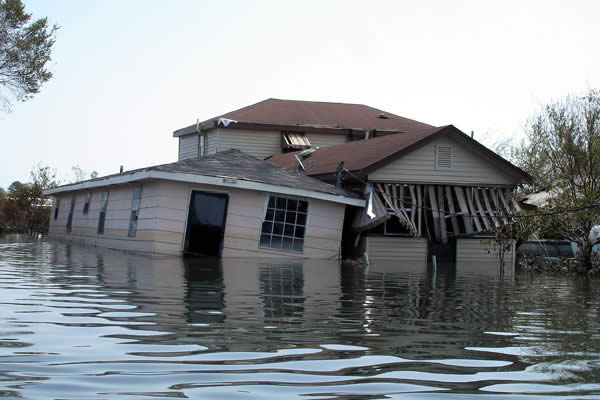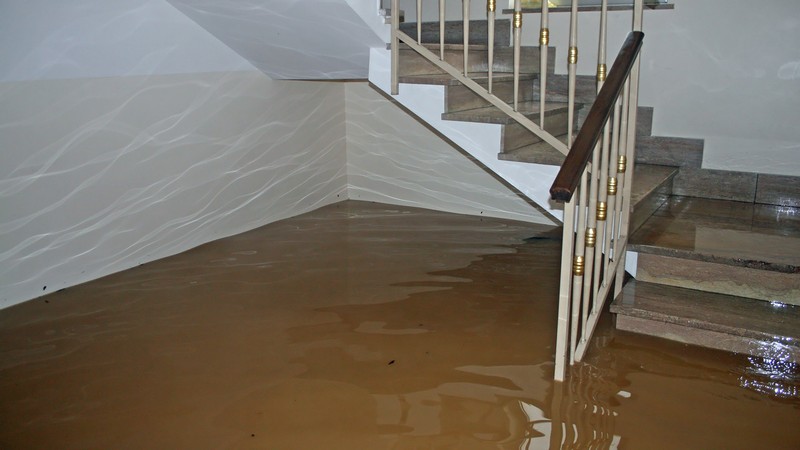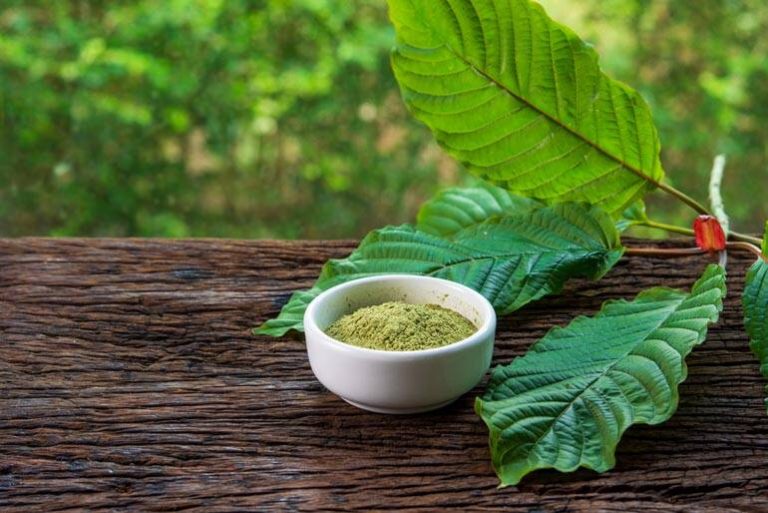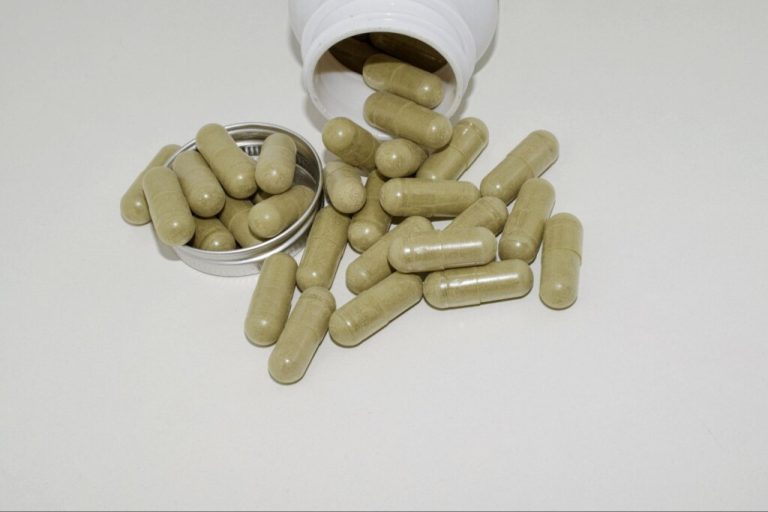Flood and water damage restoration is a complex process requiring specialized equipment to effectively and safely address the various challenges presented by water-damaged properties. flood24seven.com provide the right tools that can make all the difference in restoring a property to its pre-damage condition while minimizing the risk of secondary damage and mold growth.
Water Extraction Equipment
The first step in the restoration process involves removing standing water from the property. Professionals use powerful pumps and vacuums designed for rapid water extraction, preventing further damage and mold growth. These may include:
Submersible pumps
Designed to work underwater, these pumps efficiently remove large amounts of standing water.
Truck-mounted extractors
Powerful, high-capacity vacuum systems mounted on trucks or vans, these extractors can quickly remove water from carpets, floors, and other surfaces.
Drying and Dehumidification Equipment
After water extraction, the focus shifts to drying the affected areas and removing any lingering moisture. Specialized drying and dehumidification equipment includes:
Moisture meters
These instruments measure the moisture content of various building materials, monitor the drying process and ensure thorough drying.

Cleaning and Sanitizing Equipment
Cleaning and sanitizing the affected areas is crucial to remove contaminants, debris, and potential mold growth. Professionals use a variety of equipment for this purpose:
Air scrubbers
Designed to remove airborne contaminants, air scrubbers use HEPA filters to purify the air and prevent the spread of mold spores and other pollutants.
Foggers and sprayers
These devices disperse cleaning and sanitizing agents to treat affected surfaces, neutralizing odors and killing mold and bacteria.
Mold Remediation Equipment
Mold remediation is a critical aspect of the restoration process when mold growth is present. Professionals use specific equipment to safely and effectively remove mold and prevent future growth:
Containment barriers
Temporary plastic sheeting and negative air pressure machines are used to seal off affected areas, preventing the spread of mold spores during remediation.
Repair and Restoration Tools
Hand tools
For removing and replacing damaged components hand tools such as hammers, pry bars, and screwdrivers are crucial.
Power tool
Saws, drills, and other power tools may be necessary for more extensive repairs
Moisture-resistant materials
Use moisture-resistant materials, such as flooring or green board drywall, when repairing or replacing damaged materials to reduce the chance of more water damage.
Odor Removal Equipment
Addressing lingering odors caused by water damage, mold, or contaminants is vital to restoring a clean and fresh environment:
Ozone generators
These devices produce ozone, a powerful oxidizing agent that neutralizes odors and kills mold and bacteria.
Hydroxyl generators
Similar to ozone generators, hydroxyl generators produce hydroxyl radicals, which neutralize odors and disinfect surfaces without the potential risks associated with ozone.









